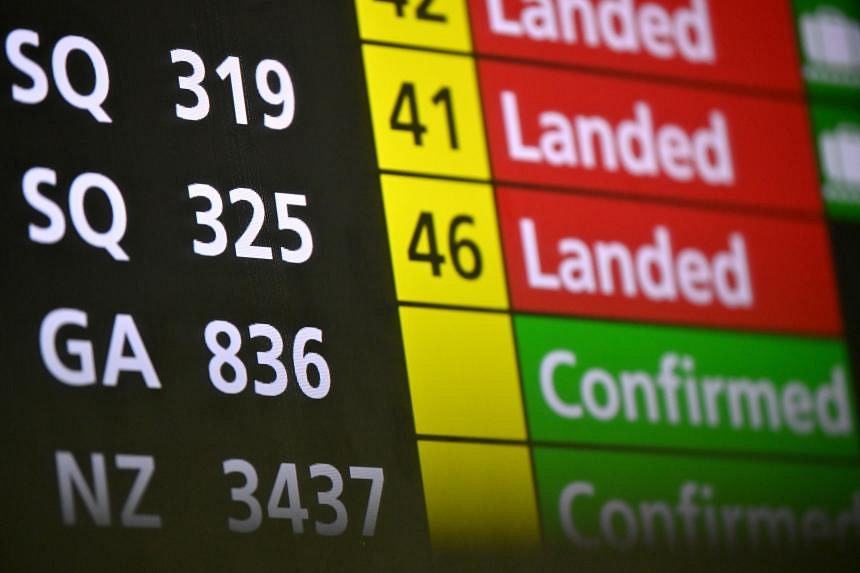The user-preferred routing trial comes after a collaboration agreement that CAAS signed in October 2023 with its air traffic management counterparts from Indonesia and New Zealand. Airservices Australia, which manages the country’s airspace, joined later.
The other signatories are the International Air Transport Association (Iata), the industry body for airlines, and the Civil Air Navigation Services Organisation, which represents air traffic control providers.
CAAS said the parties will review the results of the user-preferred routing trial after three months and, subject to feedback, look towards expanding it to more cities and airlines.
CAAS director-general Han Kok Juan described the trial as transformative. Mrs Polana Pramesti, president director of AirNav Indonesia, called it a historic moment.
Iata’s interim regional vice-president for North Asia and the Asia-Pacific, Dr Xie Xingquan, said the incremental improvements for individual flights will generate significant cumulative benefits, given the number of flights and cities involved in the trial.
Airservices Australia interim chief executive Rob Sharp said: “As an industry, we need to develop and implement innovative practices to ensure we have an efficient and sustainable aviation sector.”
Mr Jamie Bloomfield, director of Singapore-based consultancy Propelo Aviation, said the benefits of user-preferred routing may be limited for shorter flights, like those from Singapore to Indonesia.
“What’s good about the trial is the fact that it is collaborative across multiple parties, which allows user-preferred routing to be trialled over longer distances,” said Mr Bloomfield.
Besides shorter flights and better resource management, user-preferred routing can, in theory, also enhance resilience during disruptions by allowing airlines to prioritise some flights over others, he added.
For pilots, the changes are mostly at the flight planning stage, said Mr Bloomfield.
However, for air traffic controllers, a blank canvas, instead of a structured network, increases complexity, which means new system capabilities will be needed in the long term, he said.
Mr Bloomfield said user-preferred routing is also a stepping stone towards the even more flexible concept of trajectory-based operations, where an aircraft’s journey from take-off to touchdown is strategically planned across different flight regions.
Singapore Institute of Technology assistant professor Awad Khireldin, who teaches air transport management, said cost savings that airlines reap from user-preferred routing may help stabilise ticket prices over time, especially in the face of rising fuel costs.
Still, it is ultimately down to whether airlines pass on any savings, said Mr Bloomfield. “The greater benefits come from the potential to reduce the environmental impact of flights. User-preferred routing also has the potential to reduce the severity of delays,” he added.

